
|
|
|
|
|
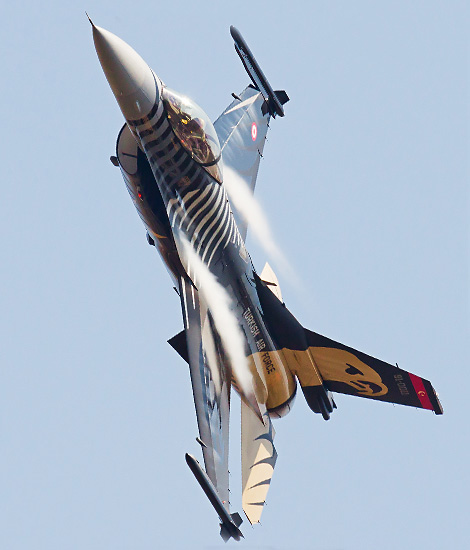
|
100 yıl Türk Hava Kuvvetleri, Part II; Izmir-Çiğli, June 3 – 6, 2011
Celebrating 100 Years of Turkish Aviation; Text and Photograph’s by Alex van Noye
The first aviation division in Turkey was founded in 1911 and was led by Lieutenant-Colonel Süreyya İlmen.
Exactly 100 years later, extensive attention was given to this event in Turkey. The 100-year anniversary is
celebrated with an air show at the airbase of Izmir-Çiğli in the western part of the country.
After the founding of the Turkish Republic, further efforts for a strong and modern air force were set up.
The aviation authority was extended from 3x an Air Company, 1x a Navy Air Company and a flying school to 10x
an Air Company, 3x a Navy Air Company and an aviation school. These components are all organized in various
command centers which are located at the major airfields. Also the personnel was sent to other countries to
be trained as pilots. In 1925, the aviation school in Eskisehir was opened and the first pilot received his
pilot's license in October the same year. The aviation authority was removed in 1928; the aviation division
from Turkey was then placed under the Ministry of National Defense. The Deputy Minister of Aviation became
the main responsible person for the Air Force of Turkey. Also the command centers at the various airfields
were closed. Several battalions set up the training and duties of war when they received the task. The
battalions were jointly hosted by the General Staff of the Turkish armed forces. The logistics and support
functions were the responsibility of the Secretary of Aviation. A new law came into effect on July 1, 1932
allowing the personnel of the air force to be regarded as a separate class within the Turkish defense. The
personnel of the Turkish Air Force started to wear blue uniforms from 1933. The blue uniform is in line
with the international air force personnel in the rest of Europe. The first academy for air war battalions
was formed in 1937. The battalions were further developed to air brigades on May 22, 1939. The air force
was operational with approximately 500 aircraft in the beginning of 1940. This was the strongest air force
in the Balkans and it was ready for a possible conflict during Second World War.
In 1944 it was decided to drop the items with the logistic support tasks under the responsibility of the
Turkish Ministry of Defense. The components of the training tasks became the responsibility of the General
Staff. The air brigades with this task would become a different department with its own staff with a separate
identity within the
|
|
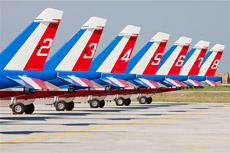
|
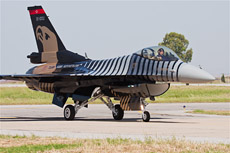
|
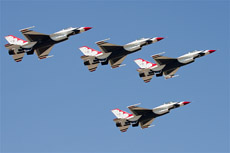
|
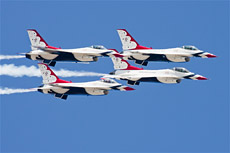
|
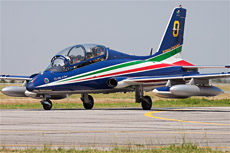
|
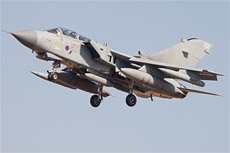
|
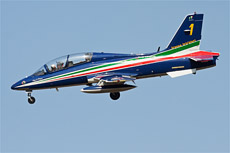
|
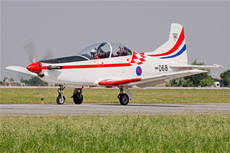
|
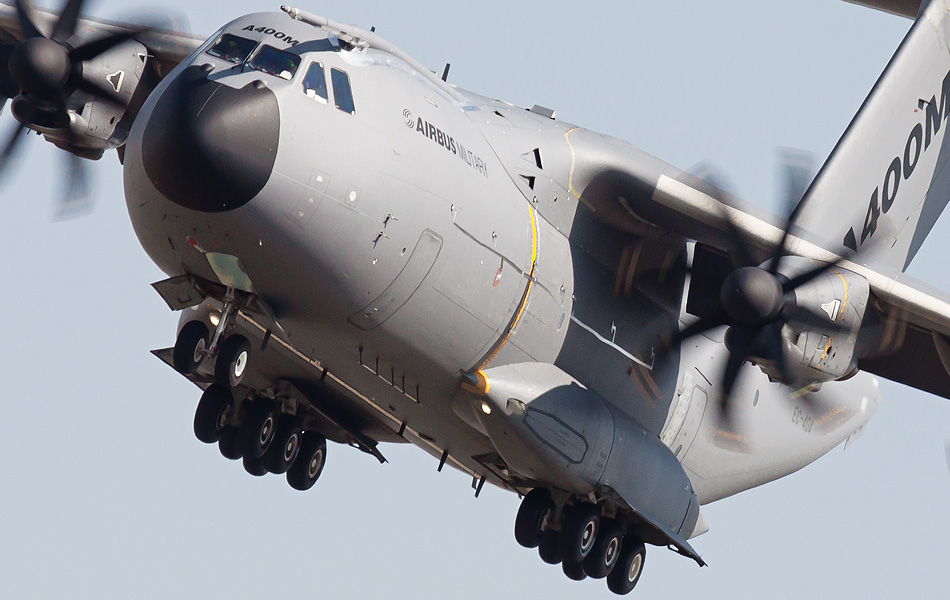
|
Turkish air forces. This new organization of the Turkish air force was officially established on February 4,
1944. All parts except the air war academy were hosted by the Turkish Air Force from 1950. In 1948 it was
decided that the Turkish air force would switch from propeller-driven aircraft to jet fighter planes.
Eight staff members were sent to the United States in 1950 to be trained as instructors for training pilots
with a jet fighter. They completed their training on August 31, 1951. The first jet fighter squadron was
founded in the same year. The first jet fighter base was Balikesir. Turkey had now entered the jet age. The
transition to jet fighters went much faster after joining the North Atlantic Treaty Organization in 1952. The
propeller-driven fighter aircraft were then quickly put aside. In the same year, air divisions were upgraded
from the level of an army corps to the tactical air force. The Army Corps Air Training Command was established
on August 30, 1956. All units and institutions concerning the training of Air Force personnel were collected
under the jurisdiction of this institution. Later in 1957, the Air Training Command became the Air Training
Institute.
Several important events took place in the 1950s and later. The Turkish Air Force showed that it had grown up
in the last few years. The Turkish Air Force had won several prizes in international exercises which were
organized by the NATO countries. In the period 1954 – 1955, the Turks took the victory at the International
Military Pentathlon and the Rally Flight. The Challenge Cup was also won in 1971. During the Challenge Cup
participants are tested at various air to air exercises. The possibilities of the Turkish Air Force were
extended when the third generation of fighters was taken into service at the beginning of the 1980s. Training
of pilots was subsequently adapted for this new type of fighters. This new organizational structure made the
Turkish Air Force ready to work in modern structures until the year 2000. Within this context, the Turkish Air
Force units took part in missions in Bosnia-Herzegovina and Kosovo. The aircraft of the Turkish Air Force
carried out different missions from 1993 to 2000 on behalf of the UN. Not a single Turkish aircraft was lost
during these actions. The technical and academic training opportunities for the Turkish Air Force have been
significantly improved since 1990 when Turkey participated in several international collaborations. These
partnerships included; the Air Force Academy, the Air Technical Schools Command, the Air Command Language
School, Flight Schools and especially the Flight Medicine and Aerospace Physiological Training Center in
Turkey, which operates using state of the art systems.
A big air show was held on June 4 and June 5, 2011, to celebrate the 100th anniversary of the Turkish Air
Force. The show took place at the Turkish training base Izmir-Çiğli on the west coast of Turkey. Also a lot
of foreign participants were flying demos at this international air show. The Pakistanis participated with
a large number of aircraft, like; the F-16 Fighting Falcon, the JF-17 Thunder, the Il-78 Midas and the C-130
Hercules. There were many planes present on the air show which are not present on an average western air show.
There was a Bulgarian MiG-29 Fulcrum present for the static show for example. Besides all the foreign
participants, mainly the Turkish aircraft were with large numbers present at the show. On the static show were
many Turkish planes present, such as; the (R)F-4 Phantom, the F-16 Fighting Falcon, the F-5 Tiger, the KC-135
Stratotanker, the Bell AH-1 Cobra and the AS532 Cougar. Several European Air Teams performed a spectacular demo
at the air show. The highlight of the air show was the participation of the American Thunderbirds of the United
States Air Force. The Thunderbirds performed a show of more than 30 minutes with their clear white F-16s. The
highlights of the show for the Turkish people were the demos of the Turkish Stars and Solo Türk with his F-16.
|
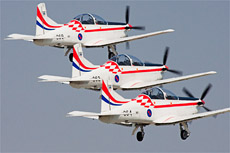
|
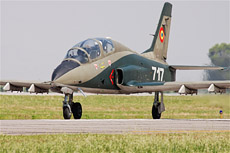
|
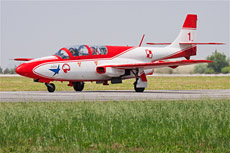
|
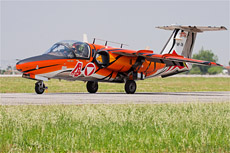
|
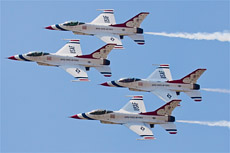
|
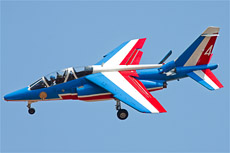
|
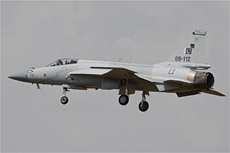
|
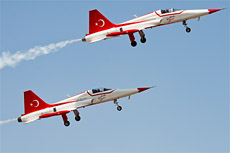
|
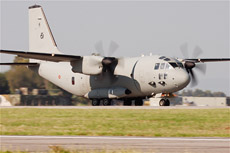
|
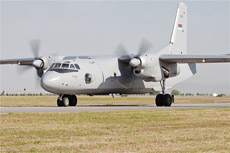
|
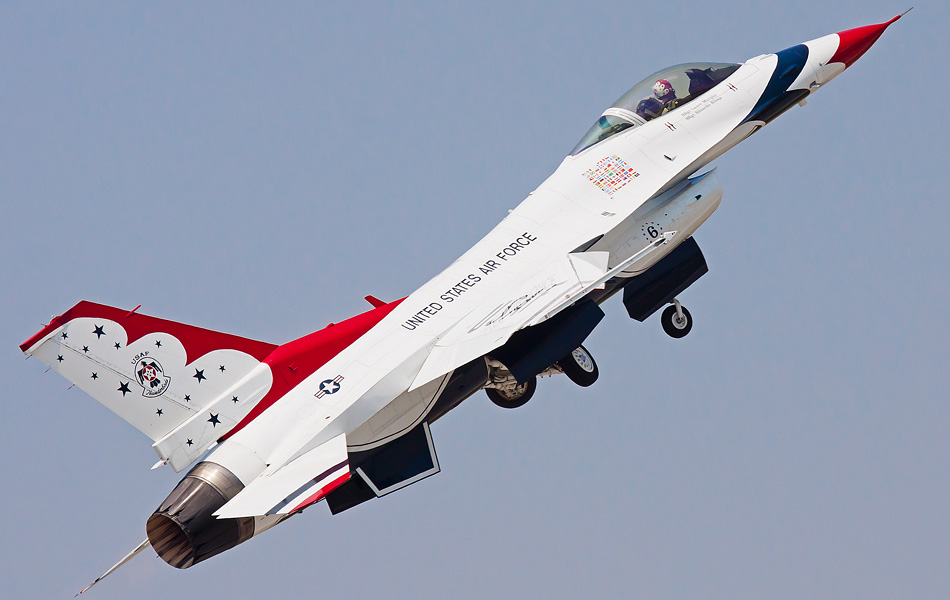
|
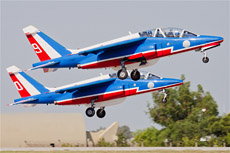
|
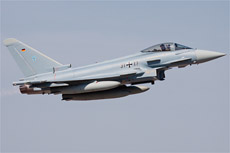
|
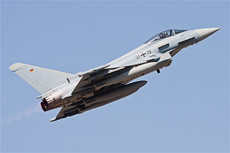
|
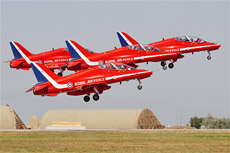
|
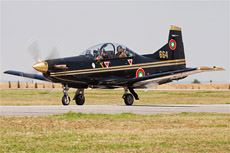
|
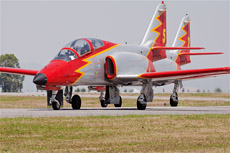
|
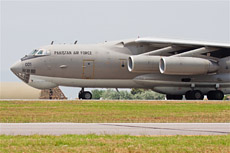
|
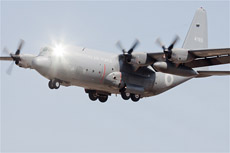
|
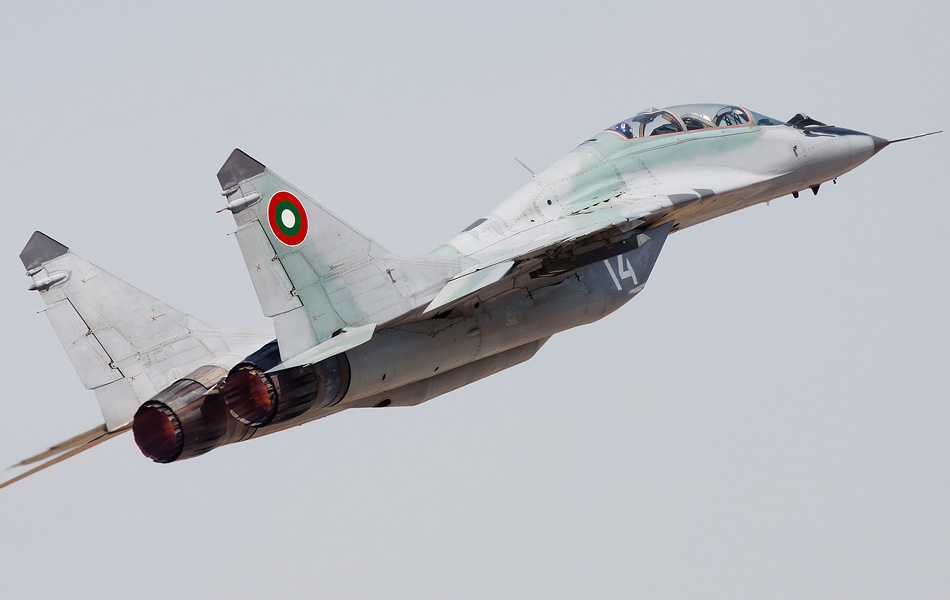
|
|
|

|







